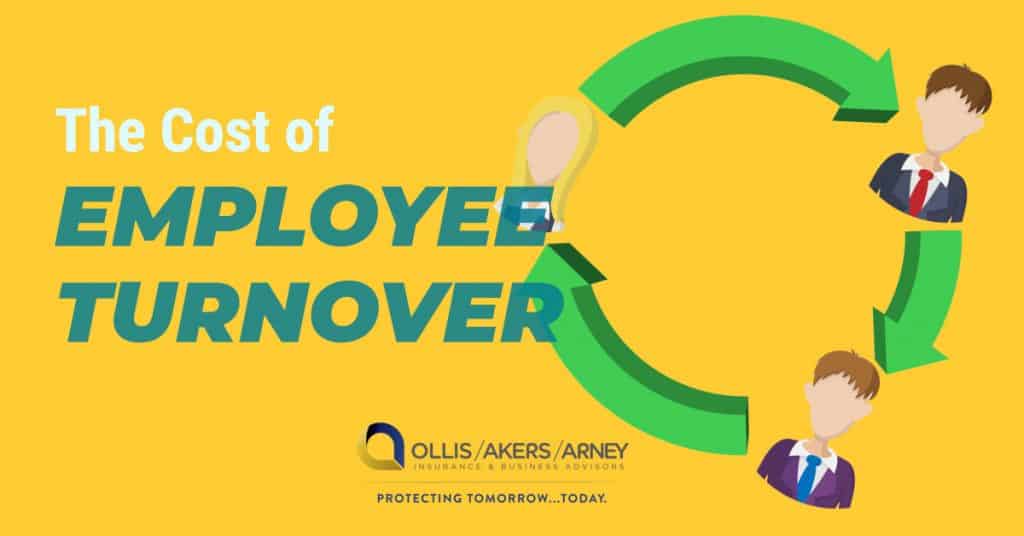High turnover rates can be incredibly costly to an organization, making employee retention vital to success. While established employees can offer valuable insights based on their experiences in the organization, when they leave the organization they take all of that experience with them, forcing resources to be used on finding and training a replacement.
The cost of turnover can be divided into two types: direct and indirect.
- Direct costs include those tied to replacement costs such as advertising the open position, and interviewing and testing candidates; and the costs of training new hires.
- Indirect costs include factors that cannot be measured directly but are costly nonetheless, such as lost productivity and knowledge, and lower morale as a result of turnovers.
While the exact cost of each turnover varies, estimates suggest that replacing an employee could cost as high as 200% of the annual salary of that departing employee.
Keeping Turnover Low
Employee turnover is often caused by insufficient employee engagement. While compensation is typically a factor in turnovers, the lack of opportunities to advance and a stressful or otherwise unsatisfactory work environment are also contributing factors. Focus on improving company culture, pay and benefits, and providing a clear path for career development. Offering the ability to submit suggestions and complaints anonymously can encourage otherwise intimidated employees to share their insights.
Additionally, conducting exit interviews with departing employees can offer valuable insight into the exact cause of turnovers and what can be improved to increase employee retention. Any recurring complaints indicate areas for close examination and improvement.
For questions or more information on human resource challenges and solutions or other emerging HR trends, contact Ollis/Akers/Arney Insurance & Business Advisors today.






